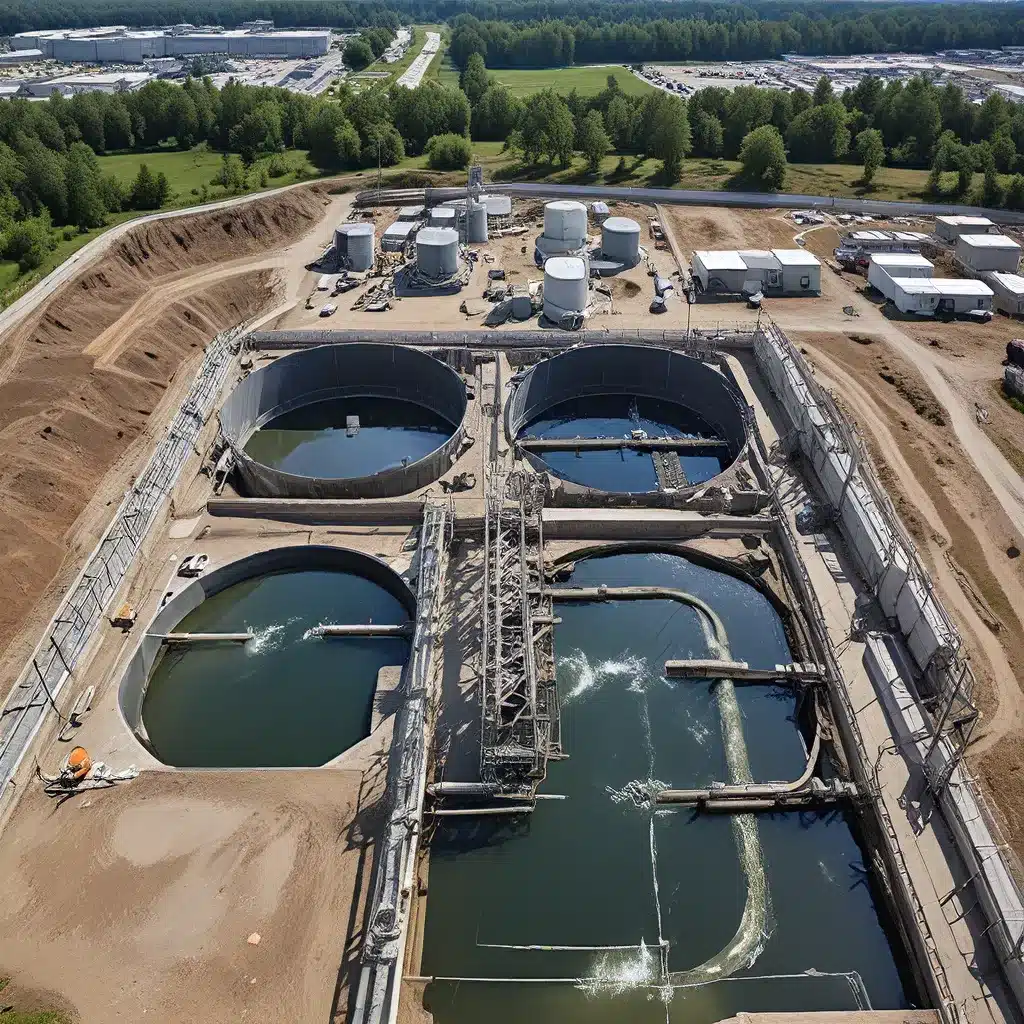
Modernizing the Heart of our Water Infrastructure
As the backbone of our water systems, wastewater treatment plants play a critical role in safeguarding public health and the environment. But like any complex machinery, these facilities require regular maintenance and strategic upgrades to keep up with evolving demands. And that’s exactly what’s happening at wastewater treatment plants across the country – a wave of modernization projects aimed at boosting capacity, improving efficiency, and future-proofing our water infrastructure.
Tackling Capacity Constraints
One of the key drivers behind these upgrades is the need to expand treatment capacity. Many wastewater plants were built decades ago, when populations and water usage were much lower. But as cities have grown and water consumption has increased, these facilities have struggled to keep up. The City of Columbia, Missouri recently undertook a major project to restore the capacity of its McBaine Water Treatment Plant from 32 million gallons per day to its original design level. This involved replacing aging equipment, improving operational controls, and enhancing the overall performance of the facility.
Optimizing Treatment Processes
But it’s not just about increasing the raw throughput. Wastewater plant upgrades also focus on optimizing the various treatment processes to improve efficiency and product quality. At the Nansemond Wastewater Treatment Plant in Virginia, for example, major renovations included replacing aging clarifiers, upgrading the disinfection system, and integrating new online monitoring sensors. These enhancements allowed the plant to better remove contaminants, produce cleaner effluent, and reduce operational costs.
Embracing Innovative Technologies
Of course, modern wastewater treatment is about more than just fixing the old – it’s also about leveraging the new. Many upgrade projects these days incorporate the latest technologies, from advanced filtration membranes to smart control systems. The Ithaca Area Wastewater Treatment Plant in New York, for instance, recently installed a high-efficiency UV disinfection system that uses 30% less energy than the previous equipment.
Preparing for the Future
But perhaps the biggest benefit of these wastewater plant upgrades is the way they future-proof our water infrastructure. By addressing capacity constraints, optimizing treatment processes, and embracing innovative technologies, these projects ensure that our water systems can keep pace with growing populations, evolving regulations, and the looming challenges of climate change. It’s an investment not just in the here and now, but in the long-term health and resilience of our communities.
A Collaborative Effort
Of course, undertaking these complex upgrades is no easy feat. It requires meticulous planning, tight coordination, and a collaborative effort between engineers, contractors, and water utility operators. But the payoff is well worth it – safer, more efficient, and more reliable wastewater treatment that protects public health and the environment for generations to come.
Rethinking Wastewater as a Resource
And who knows, as wastewater treatment plants continue to evolve, we may even start to see them as not just necessary infrastructure, but as valuable assets. After all, the water, nutrients, and energy recovered from wastewater can be leveraged for all sorts of beneficial uses. Inland Waters, for example, is at the forefront of turning wastewater into a renewable resource, from producing biofuels to extracting valuable minerals.
Embracing the Challenge
So as we look to the future of our water systems, it’s clear that wastewater treatment plant upgrades will play a vital role. It’s a complex challenge, to be sure, but one that water professionals around the country are tackling with innovation, collaboration, and a steadfast commitment to enhancing the capacity and performance of these critical facilities. After all, the health of our communities and the environment depends on it.


